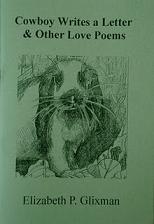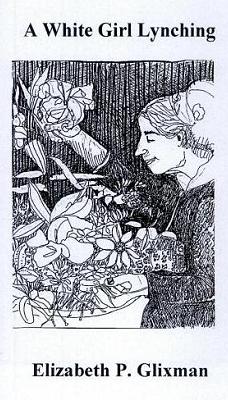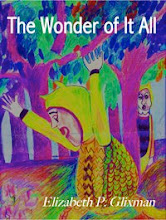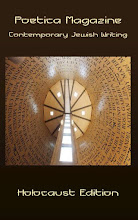I read Annie Dillard’s “Pilgrim at Tinker Creek” years ago. What I loved then and still do love is her freshness of vision, and her great love of all that wiggles, crawls, and flies in nature. Re-reading the first chapter of this book recently added a conscious understanding of what freshness of vision really means.
I was mesmerized by Dillard’s description of the recently sighted people who Von Sender wrote about in “Space and Spirit." Some people were frightened by their new sighted world, some in awe of it, being able to see color patches those color patches infants see before seeing kicks in. Dillard says, “I live now in a world of shadows that shape and distance color, a world where space makes a kind of terrible sense.” She calls this world of colored patches “a world unraveled from reason."
These newly sighted people had sight as a pure sensation without being filtered by meaning. This is the world Annie Dillard seems to long for. To be able to see the familiar in a new way. She writes with envy in the positive sense of the experiences of the newly sighted. Some people had no sense of size or space. They couldn’t picture anything but what was in front of them and did not know that what they saw had substance. The language of the world upset some of the newly sighted people. The world was beyond their concept of what was touchable. One person was upset to the realize that he had been visible to people and this happened without his giving them his consent. As if we need permission to see each other physically. What was upsetting was that people could look and maybe he was unattractive. Some people when realizing this visibility groomed themselves differently.
This is an extraordinary idea; because the person had no concept of sight they assumed no visibility for themselves or others. They had no concept of visibility.In a sense this “normal vision” is what clouds our seeing and to Annie Dillard making the familiar unfamiliar is a full time job. In this unfamiliarity the grandeur of the universe is revealed, allowing wonder and gratitude to appear.
Annie Dillard's way of wanting to see in this book is like that of a child's I saw observing a worm. The child was lying in the dirt on his stomach. He was about three years old and he had his head about a half-inch from the worm. He looked up at me with sheer joy in his voice and on his face and said, “Want to see this worm wiggle?” This worm was the most fascinating creature on earth to this child. Since this child had no meaning for worm, he was like the unsighted or newly sighted person seeing the worm as a patch of color and looking very hard to see what it was all about.
Perhaps the gift of Dillard’s writing is to encourage us to see the old in a new extraordinary way. Time, observation, reflection and a new vision are the methods to re-see the natural world as a show where a magician is always taking something awesome out of his hat.
























